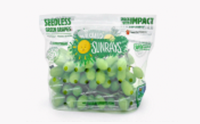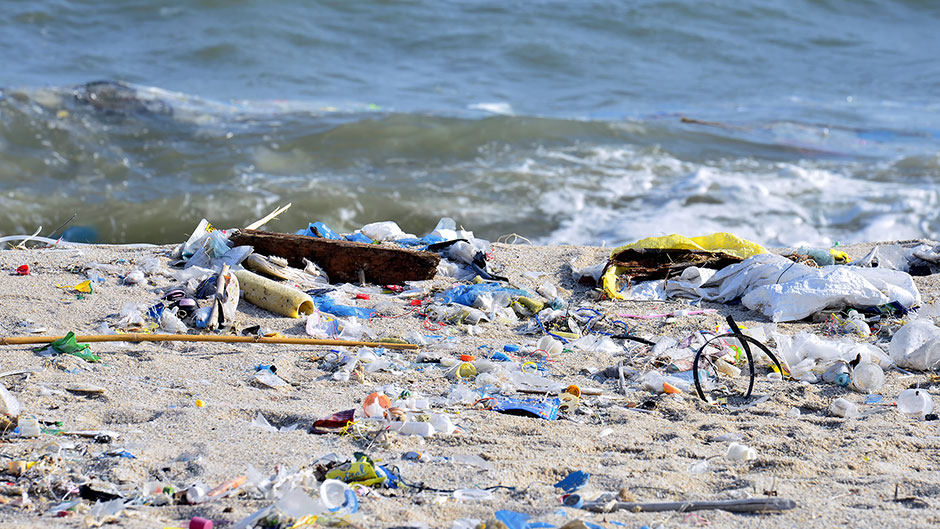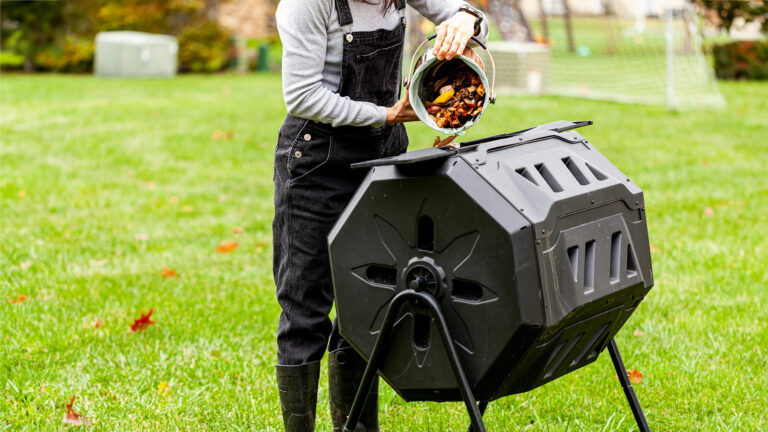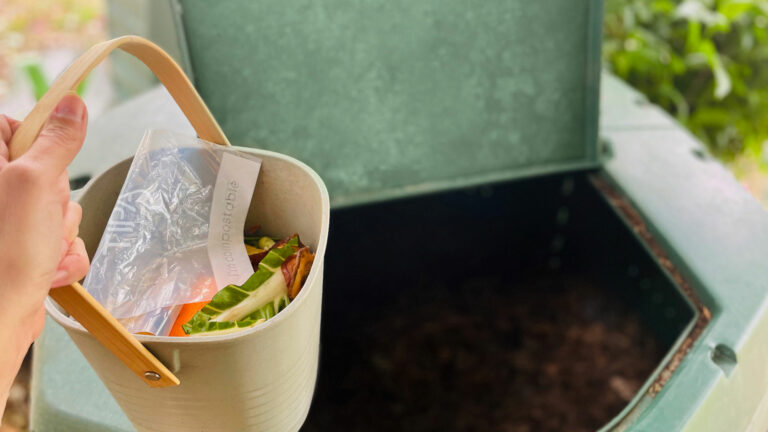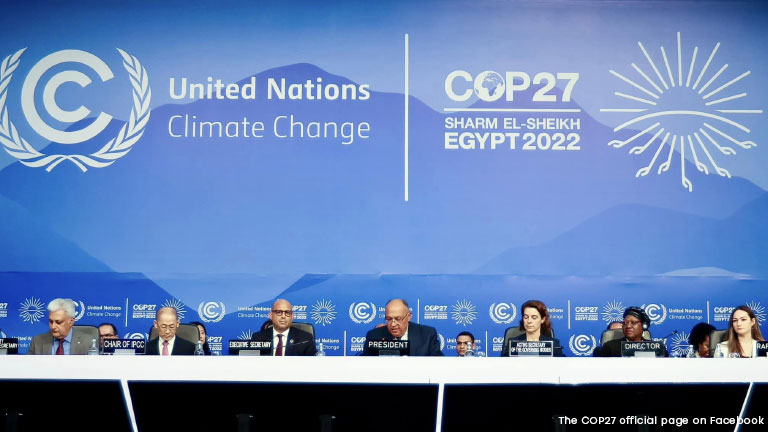The Issue of Plastic Waste
Our environment and human health are increasingly threatened by plastic waste, which pollutes the water, soil, and our bodies. Recent research has revealed that plastic waste in the environment harbors large amounts of bacteria, which makes it a vector for spreading pathogens. Plastic waste in the environment will triple by 2040 if current habits continue, posing an even greater threat to our continued existence.
The pervasive issue of plastic pollution is drastically impacting ecosystems in our oceans, rivers, and wildlife habitats. It modifies the natural balance, diminishing countries ecosystems’ ability to adapt to climate change.
This environmental challenge has far-reaching effects, notably influencing food production and the economy, thereby affecting the social well-being of millions. Plastic pollution threatens not only aquatic life and the purity of rivers, but also compromises the vitality of terrestrial wildlife, ultimately contributing to the imbalance of our ecosystems and the overall well-being of our planet.
14 million tons find their way into our oceans annually, making up 80% of total marine debris.
The Growing Threat of Plastic Waste to Our Health and Environment
Plastic waste is an issue that brands, retailers, and manufacturers are paying attention to – partly because consumers are becoming more concerned about single-use plastics. In a poll, 84% of Americans expressed concern about plastic packaging waste. Even though industry leaders are investing more in sustainability efforts, recycling has become far too dominant and reliant.
An OECD report shows that recycling isn’t the only solution: only about 9% of plastic produced globally is recycled, with about 50% going to landfills; 19% are incinerated, which creates hazardous chemicals; and 22% end up in the water and environment. Recycling rates cannot be improved either.
Most plastics, especially flexible plastics and films, are not easily recyclable or are not worth recycling economically. There are also problems with new recycling technologies developed for single-use plastics, such as chemical recycling, which releases toxins into the environment or produces fuel from plastics that later releases further pollution.
Limitations of Current Solutions for the Plastic Waste Problem
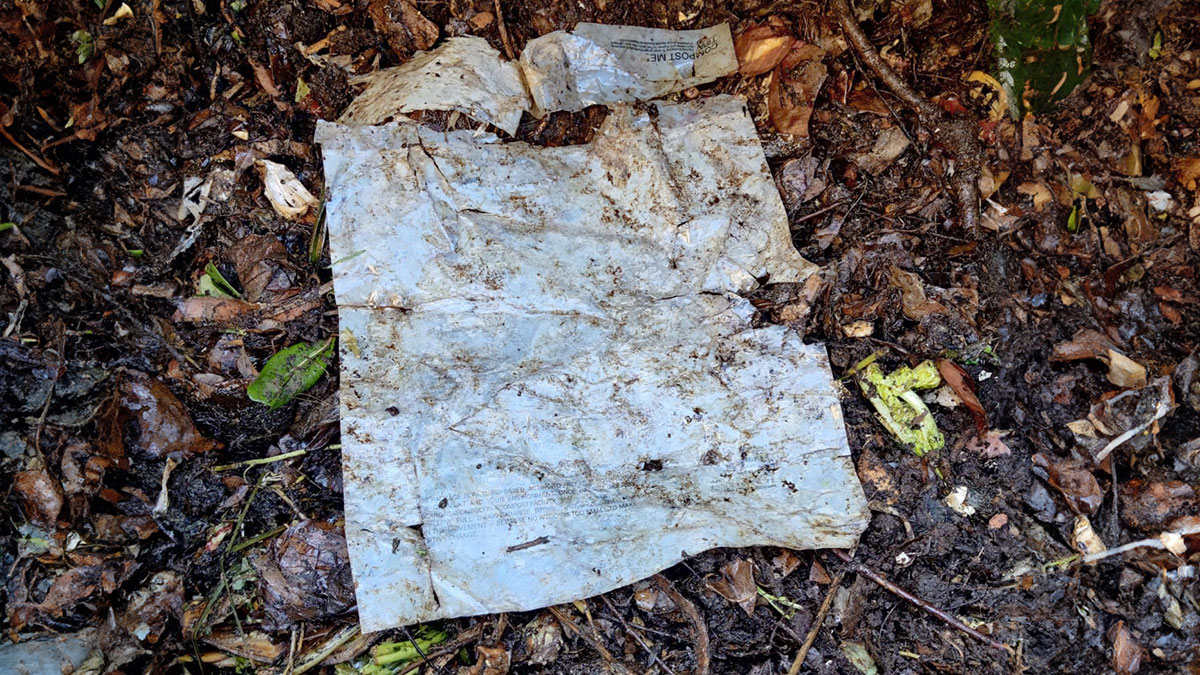
In light of this, many brands and retailers have taken other steps to tackle the plastic waste problem, like eliminating packaging altogether on items like fresh produce, or developing packaging recycling schemes, and moving towards reusable packaging solutions.
Several states have adopted or proposed new extended producer responsibility (EPR) laws that include provisions for reducing packaging and funding recycling and reuse programs. However, neither of those offers a complete solution.
As long as there are products to keep fresh and clean during shipping, or to bundle together to allow retailers to sell them easily, single-use plastic films will always be needed. Plastic packaging, including flexible plastics, is the fastest-growing category of packaging, even though they are difficult to recycle, making them an key contributor to plastic waste.
Compostable Packaging: A Sustainable Alternative with Far-Reaching Benefits
More brands should consider compostable packaging as an alternative. Compostable packaging today includes newly-developed compostable plastics and other flexible materials.
In addition to reducing plastic pollution in landfills, waters, and soils, compostable packaging forms an integral part of climate change mitigation and enrichment.
Putting these packaging, along with food waste and yard waste, into compost piles leads to rich soil after they break down.
Farmers all over the world desperately need this soil; the United Nations predicts that global yields will fall by 10% by 2050 due to soil erosion and degradation. For farmers to be able to produce more crops to feed a growing global population, organic soil content must be increased via composting.
By adding one ton of organic matter to each hectare of soil, basic crops like corn and wheat, grown every year in Africa, Asia and South America, would be able to grow exponentially.
The benefits of composting fields extend beyond harvesting. By increasing soil carbon by just 0.4% per year, carbon dioxide levels in the atmosphere could be reversed, representing a significant step towards mitigating the greenhouse effect and stabilizing our planet’s climate.
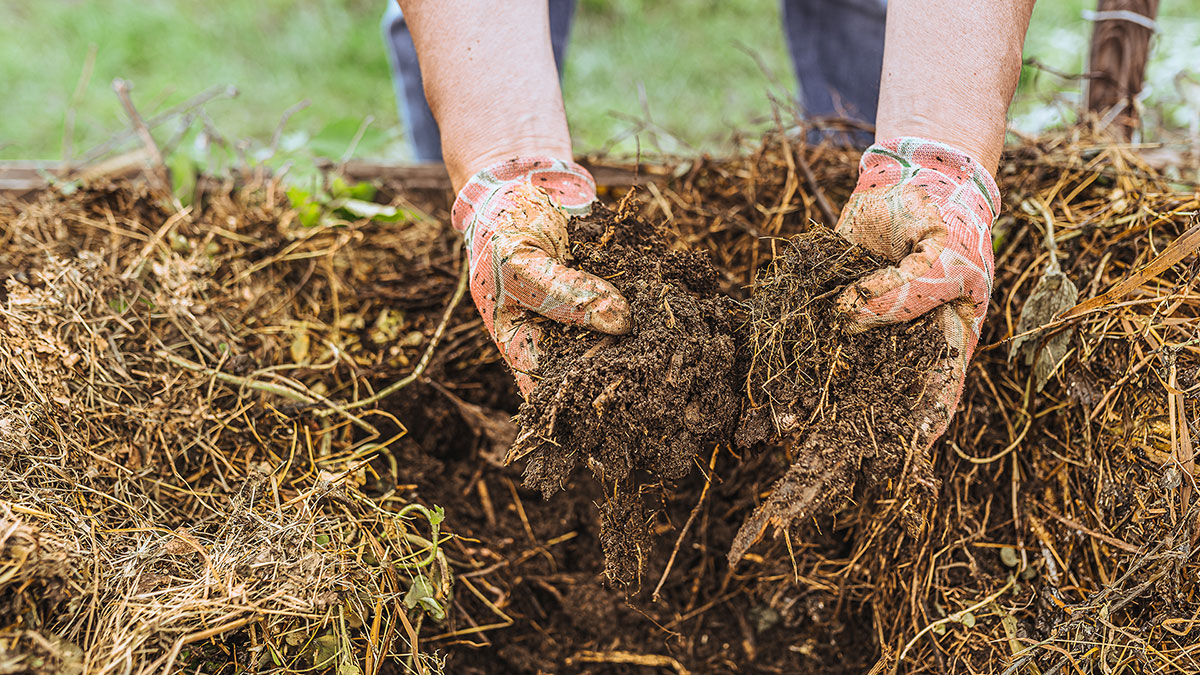
The concept of composting is already gaining traction among consumers: composting services have grown by more than 65% since 2014.
Our own research has shown that 50% of UK, and 46% of U.S residents are aware of and practicing recycling.
The time has come for more brands, retailers, and manufacturers to embrace this solution as well. In order to stop plastic from damaging the environment and us, we must take this step. And if we reduce our plastic consumption and compost enough, some damage can even be corrected.









